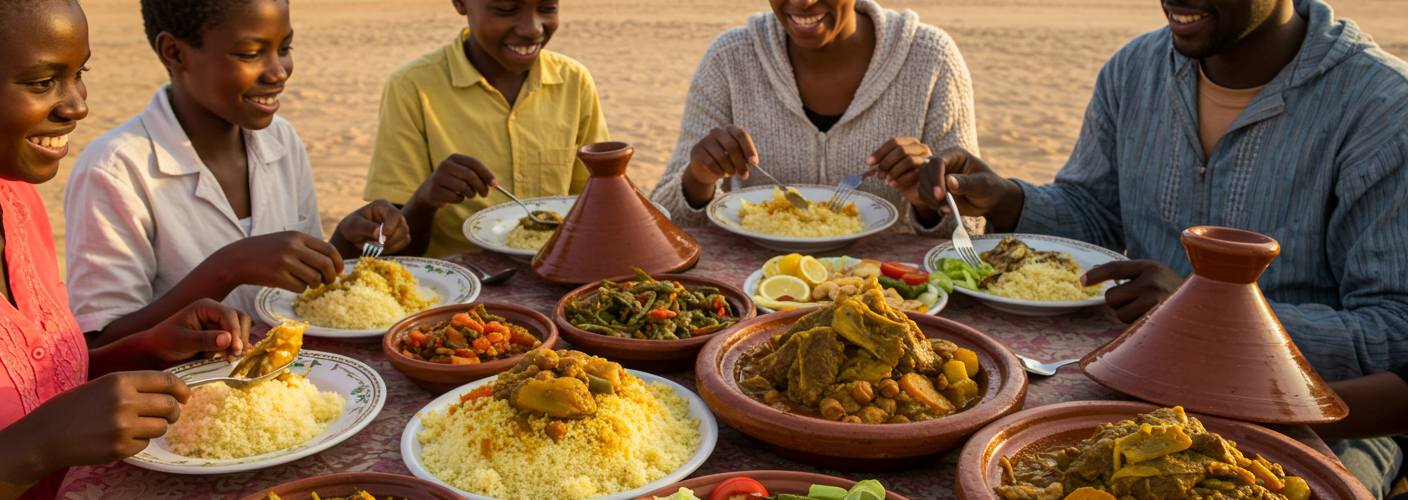Nestled in the heart of West Africa, Mauritania is a nation that boasts a rich cultural tapestry and a vibrant culinary scene. The food of Mauritania is a reflection of its history, geography, and the diverse peoples who call this land home. As a target audience for those keen to explore the flavors of this unique country, this article will delve into the traditional dishes and culinary practices that define Mauritanian cuisine.
One of the cornerstone ingredients in Mauritania is rice, often enjoyed in an array of dishes. The most popular way to serve rice is with a flavorful stew, such as Zrig or Mafè. Zrig is a tantalizing blend of meat and vegetables, simmered to perfection, while Mafè often features a rich peanut sauce that creates a creamy texture that complements the rice beautifully. These meals not only serve as a staple in the diet but also represent the unity of Mauritanian families, as they are traditionally shared among loved ones.
Apart from rice, another significant ingredient is millet, notably used in traditional Mauritanian dishes like Couscous. While couscous is a popular dish across North Africa, Mauritian couscous may be distinguished by the way it is prepared—often steamed and accompanied by a range of sauces or stews. The process of making couscous is a communal activity, drawing family members together and fostering a sense of community.
Meat, especially lamb and chicken, plays a pivotal role in Mauritanian cuisine. The country’s nomadic heritage is evident in its meat dishes, which are often seasoned with a blend of spices such as cumin, coriander, and paprika. Thieboudienne, a classic dish that originates from the coastal regions, consists of fish cooked with rice, vegetables, and a medley of spices, epitomizing the Mauritanian love for hearty, flavorful meals.
Additionally, Mauritania is known for its unique use of dates. Given the country’s arid climate, dates serve as a vital source of nourishment and are often enjoyed on their own or incorporated into desserts. Sweet and nutritious, they reflect the traditional ways Mauritanians have adapted to their environment, making the most of what the land provides.
A noteworthy aspect of Mauritanian cuisine is its emphasis on hospitality. Meals are often served on large platters, where diners share from a common dish. It is customary to use the right hand for eating, and this communal dining experience fosters a deep sense of connection among friends and family.
For those interested in diving deeper into Mauritanian food culture, it’s worth noting the importance of traditional celebrations. During festivals or significant life events, elaborate feasts are prepared, featuring a wider variety of dishes and extravagant presentations. These occasions provide a glimpse into the cultural significance of food in Mauritanian society, showcasing the skills of local cooks and the use of local ingredients.
In conclusion, Mauritania’s culinary offerings are a delightful exploration of flavors and traditions, showcasing the unique ingredients and customs that have shaped its foodscape. As the world becomes more interconnected, experiencing the nuances of Mauritanian cuisine can enrich one’s understanding of this North West African nation. Whether you are a food enthusiast, a traveler, or someone looking to expand your palate, exploring Mauritian food is an adventure well worth undertaking.




Add comment